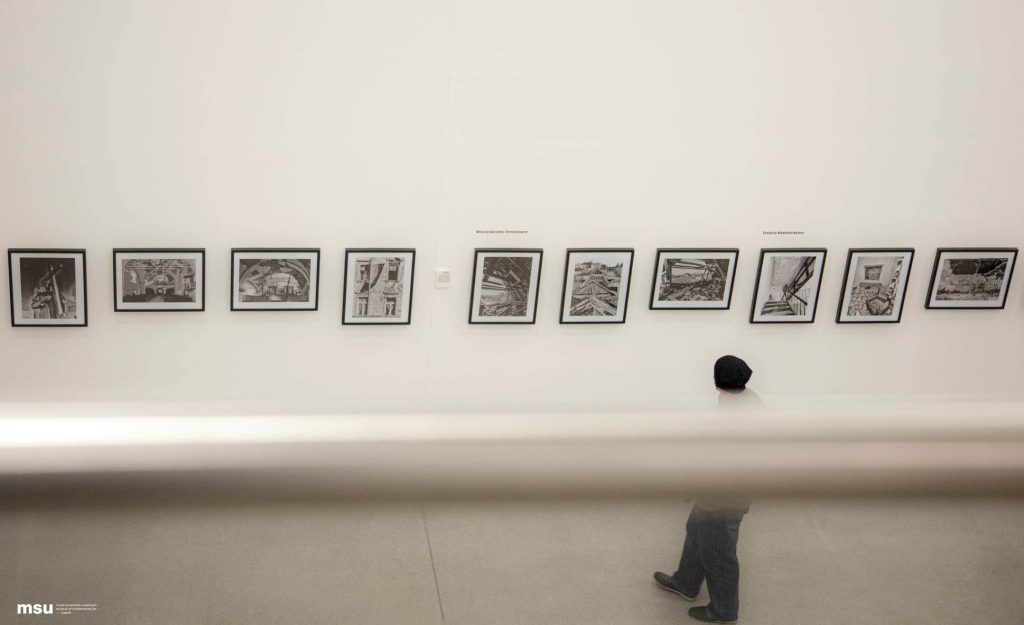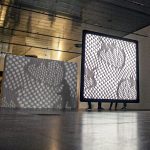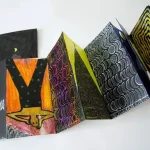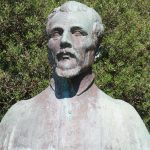The 6.3 magnitude earthquake on December 29 that severely damaged Petrinja and Sisak has traces which haven’t faded as repairs and re-construction are still very much needed, and the Sisak earthquake photo exhibition will surely highlight the stark reality of post-earthquake life.
With Prime Minister Andrej Plenković promising earlier in September to accelerate post-earthquake reconstruction, a return to normal life in Sisak (architecture-wise) is yet to happen.
Meanwhile, as suffering is known to produce art, citizens of Zagreb (who also are not strangers to earthquakes) can closely observe the damage Sisak went through at Zagreb’s Museum of Contemporary Art (MSU). In honour of European Heritage Day (September 18), MSU is hosting the Sisak City Museum by presenting the exhibition ”Between Two Waitings” by famous Sisak photographer Miroslav Arbutina Arba. The exhibition opened on September 20, and it can be viewed until October 10.
The showcased photos which are part of the Sisak earthquake photo exhibition are a product of Arbutina being hired by the Culture Ministry to document the damage caused to cultural heritage for the purpose of evaluating the damage and producing documentation. As TCN reported earlier, the quake damage to cultural heritage in Central Croatia is estimated at €640 million.
”Arbutina gave a significant contribution to reconstruction efforts after the earthquake. His photos are, first and foremost, a witness to what happened, but with a clear artistic context. Photographing for the sake of documenting damage, he also found other motives that a regular observer does not notice. These motives, although they may exist in the documentary context, are nonetheless part of the same mosaic,” wrote Vlatko Čakširan of the Sisak City Museum, who is also the curator for the exhibition on the MSU website.
”Those who haven’t experienced this catastrophe probably think that losing your house is the worst thing, but it isn’t. To me, the worse thing was expecting another new earthquake, that time of uncertainty between the two strikes,” said Arbutina explaining the name of his exhibition.
Arbutina was born in Sisak on January 5, 1959. He took an interest in photography in the ’80s when he got a Russian camera, a Lubitel, as a gift. Like many people in Sisak, he worked in a local ironware factory until he decided to try his hand at making a living solely from photography, taking industrial photos for brochures, etc.
During the Homeland War, he started working for various newspapers and other agencies. Enrolled in various projects (such as ”How Fish See Us” where he took underwater photos of fish and plants in the Kupa river), his work received various rewards, and he moved from digital photography to experiment with the older technics of photography.
Learn more about Croatian Art Galleries in Zagreb, Dalmatia, Istria and Slavonia on our TC page.
For more about art in Croatia, follow TCN’s dedicated page.











